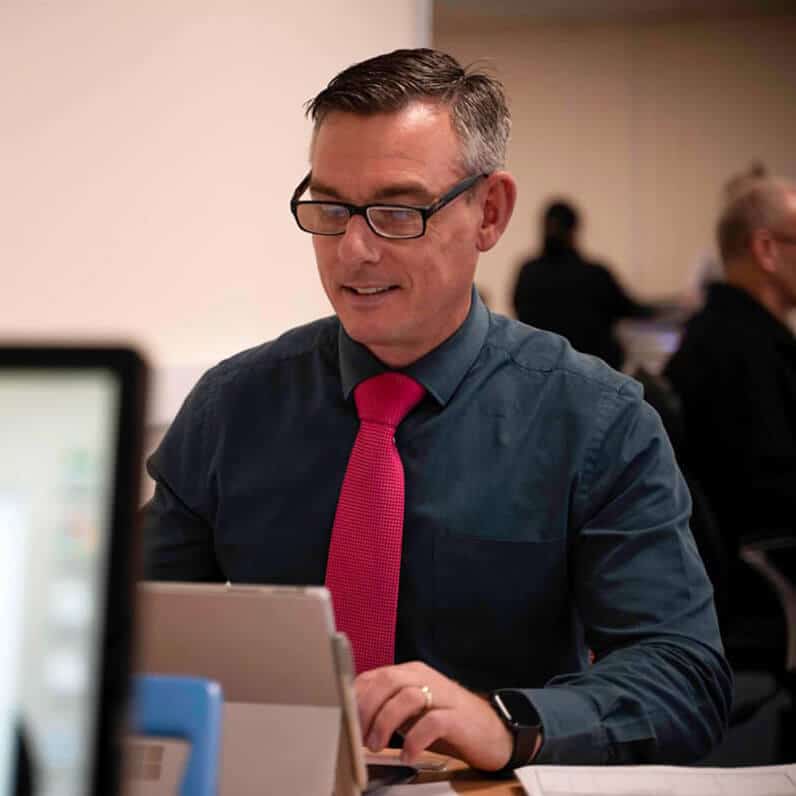
When you are adding any kind of finish to a metal substrate, it is essential that you prepare the metal appropriately beforehand. Different plating techniques require different levels of care applied to the base material.
For some, it’s enough to give the metal a thorough clean to remove surface contaminants. While some require an acid wash to etch the surface for greater adhesion, others require the surface to be shot-blasted prior to plating.

What is shot-blasting?

Shot-blasting is a form of surface treatment that involves propelling small, spherical particles (or “shot”) at a metal substrate at extremely high speeds. This creates an abrasive effect, wearing down microscopic imperfections in the metal’s surface. These are just some of the benefits the process delivers:
Polishing

Some finishing methods require as smooth a surface as possible for proper adhesion. Shot-blasting wears away scratches, tool marks, moulding seams, whiskers, and more from the metal surface, producing a uniform appearance across the substrate.
Strengthening

Shot-blasting is a method of strengthening metal by abrasion. It is a cold-working technique where the entire substrate is bombarded with shot at high speeds, levelling the surface and making it stronger and more durable. It removes rust and other imperfections, without damaging the metal underneath and also adds more resilience to damage.
Repairing

While it seems counter-intuitive, small defects and weaknesses in the metal’s surface can be repaired by exposure to shot-blasting. The force of the impact can close up micro tears and small cracks that would otherwise weaken the surface of the metal. In essence, it fills those small imperfections by levelling the surrounding area, smoothing the “healthy” metal.
Hand-blasting vs. Tumble Blasting

There are two main methods when it comes to shot-blasting – hand-blasting and tumble blasting. The former is normally reserved for larger components, with the abrasive shot being controlled by one of our trained and experienced members of staff. The shot is fired using a jet spray and can be aimed directly at those parts of the substrate that need attention.
Tumble blasting is used to shot-blast numerous smaller components at the same time. The items are loaded onto a moving belt within a sealed machine and turned over and over at speed, whilst being pelted with a steady stream of abrasive shot. The dual action of the shot-blasting and the components rubbing against one another in the machine ensures a thorough machining process.
Aqua-blasting

Aqua-blasting is another form of shot-blasting – one that mixes the abrasive material with water to produce a slurry. This is fired at high pressure towards your components, while they are securely held inside a custom-built blasting chamber. The combination of abrasive shot and high-pressure water ensures an impressive level of cleaning and polishing for your substrate. This leaves it in a perfect condition for plating and finishing.
Do my components need shot-blasting?
Not all metal finishing techniques require the substrate to be shot-blasted first. It depends very much on the quality of the base material and the purpose for which it is being plated. Here at Karas Plating, we can offer the benefit of our decades of experience in the trade to let you know if your components will benefit from a shot-blasting treatment, and which of the methods would be most effective.



